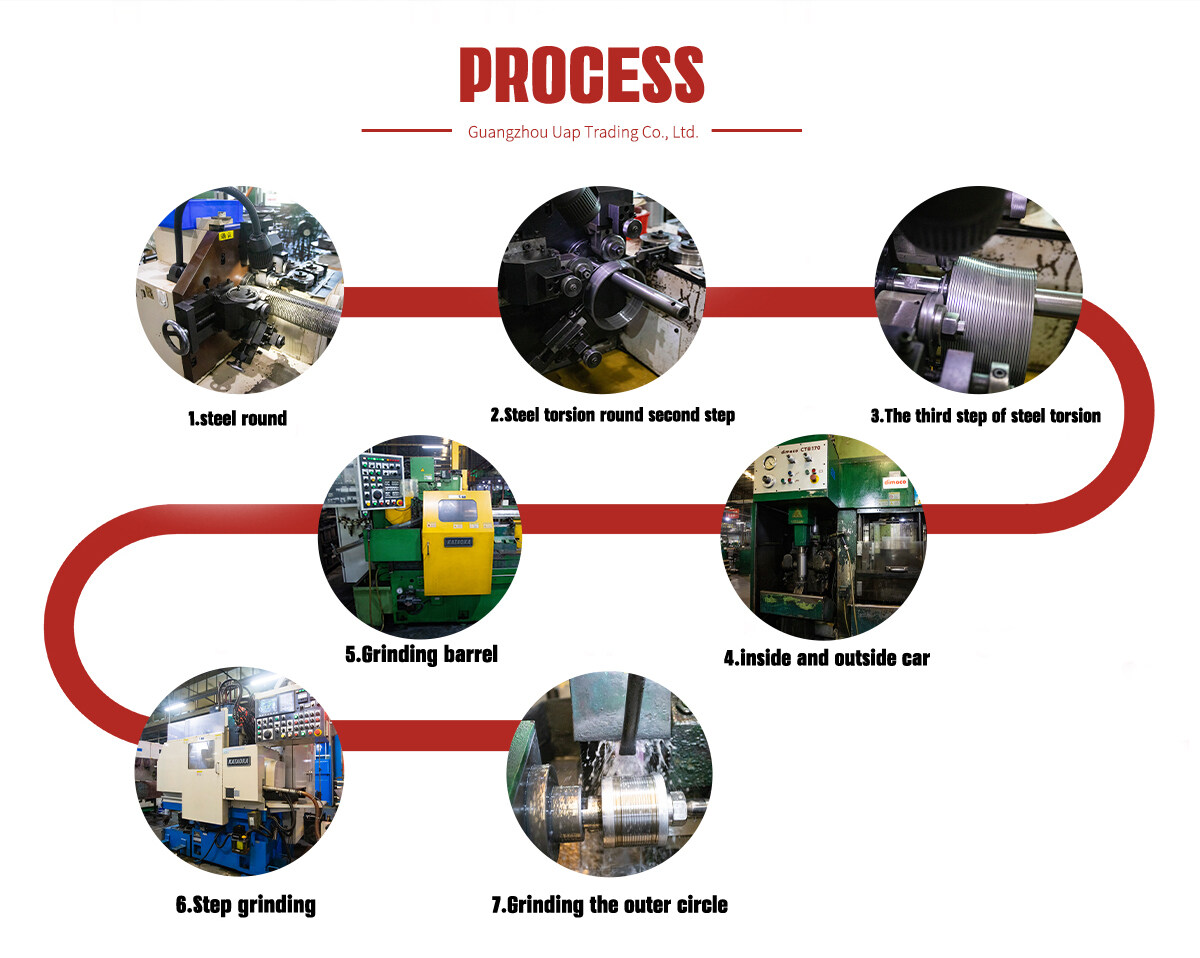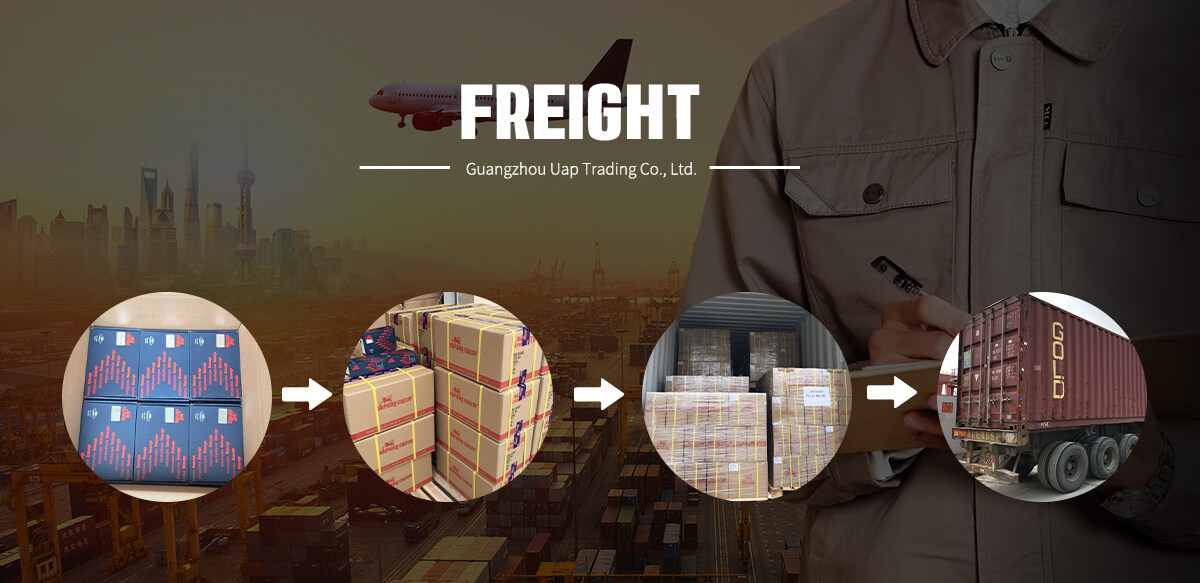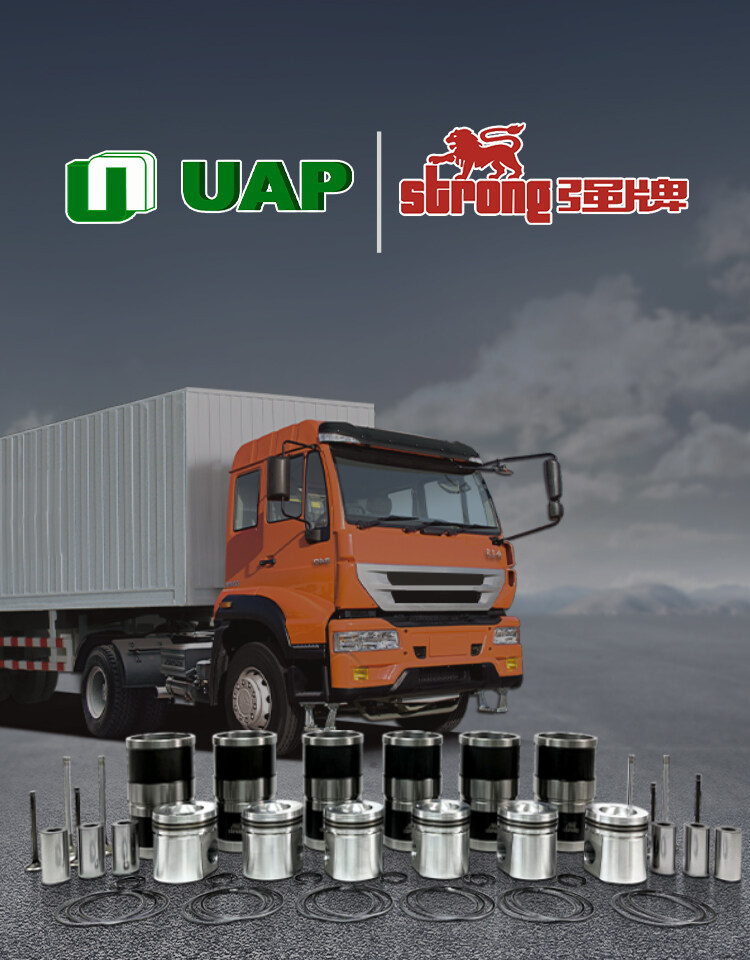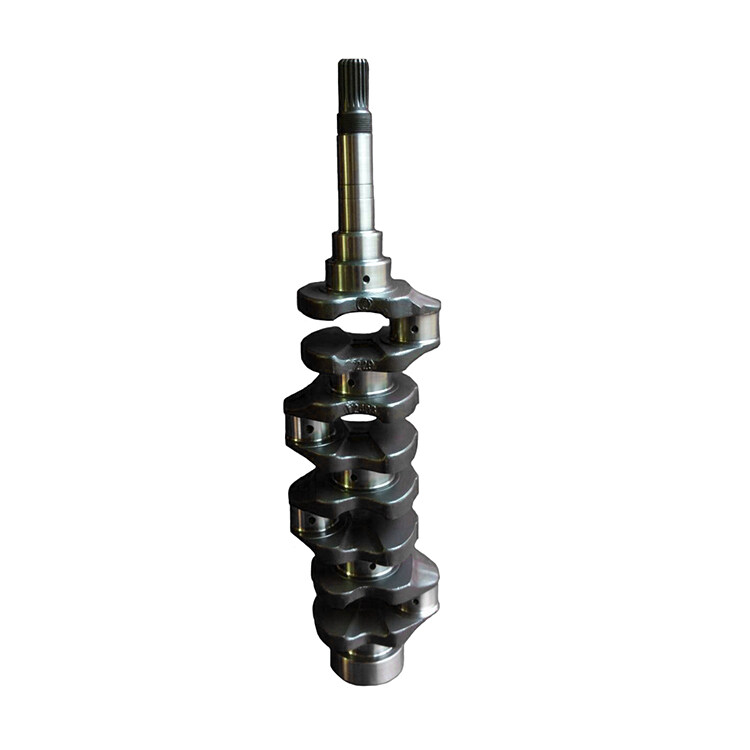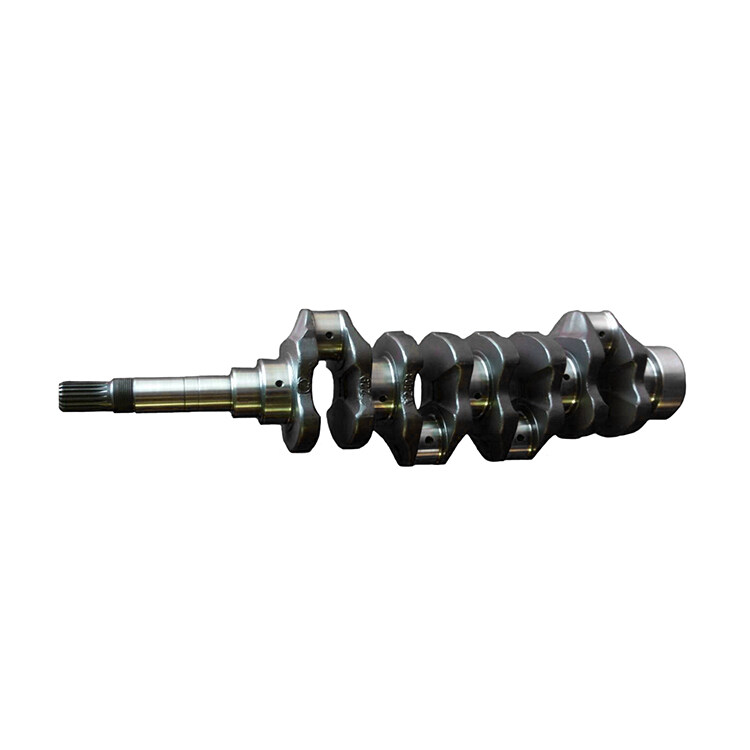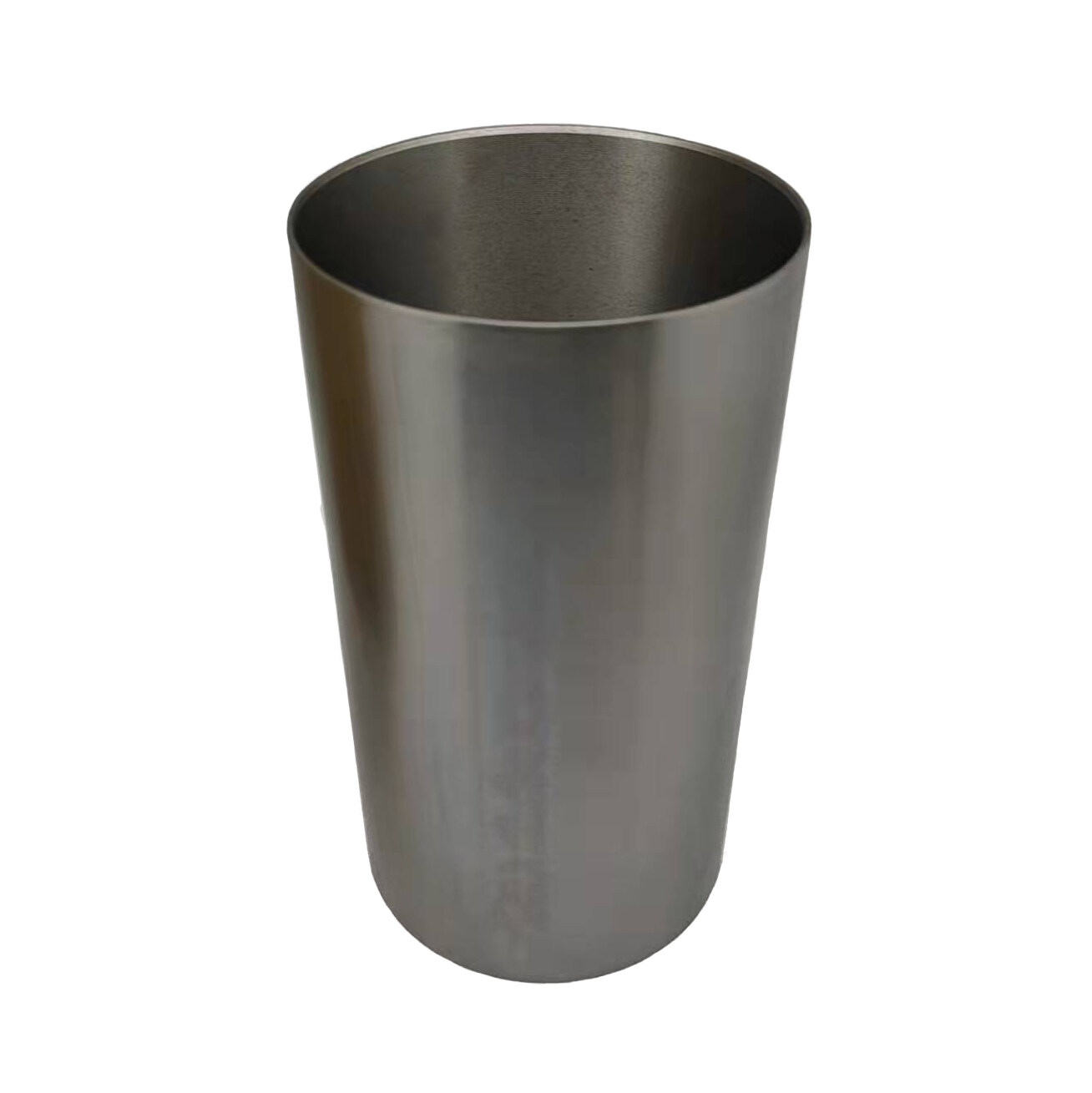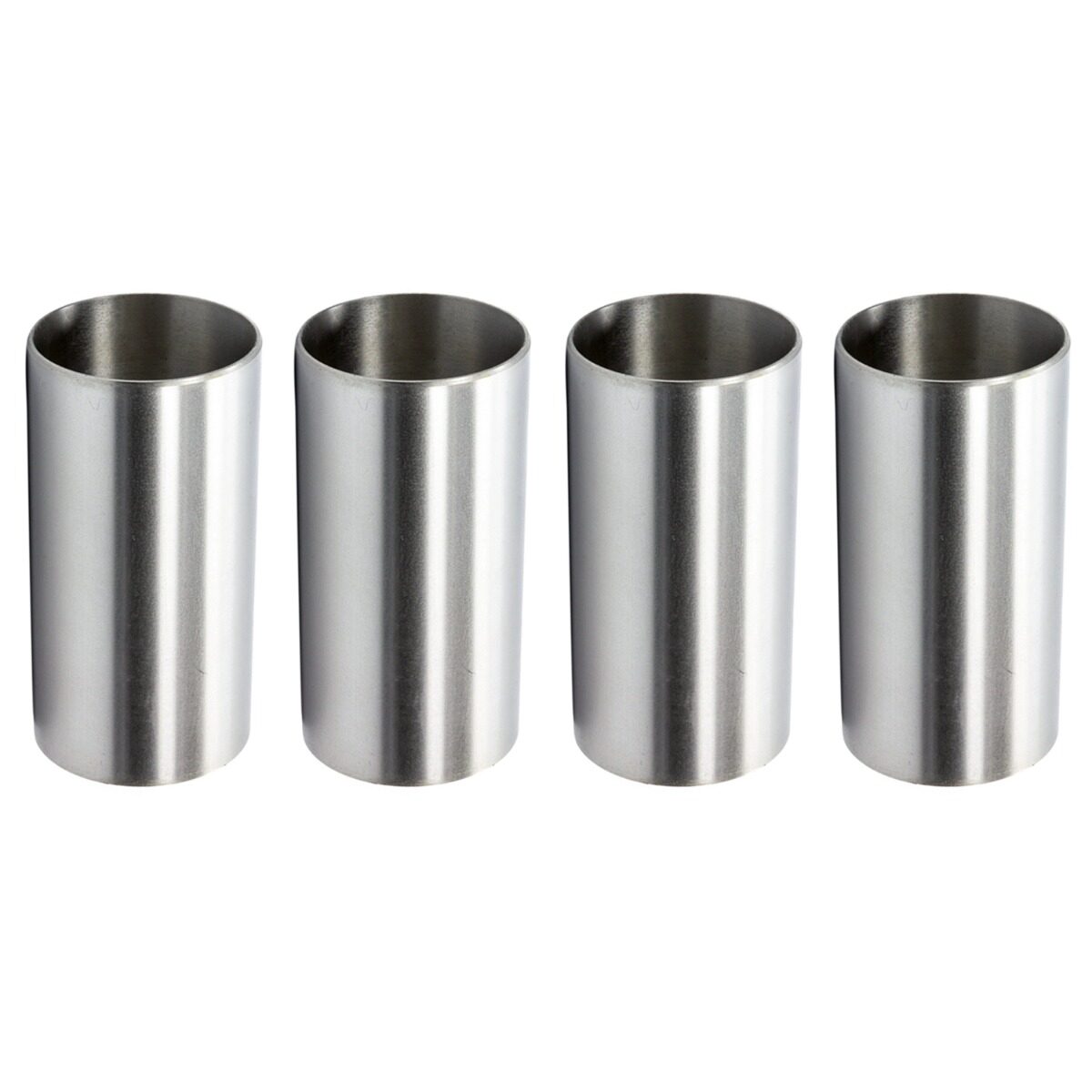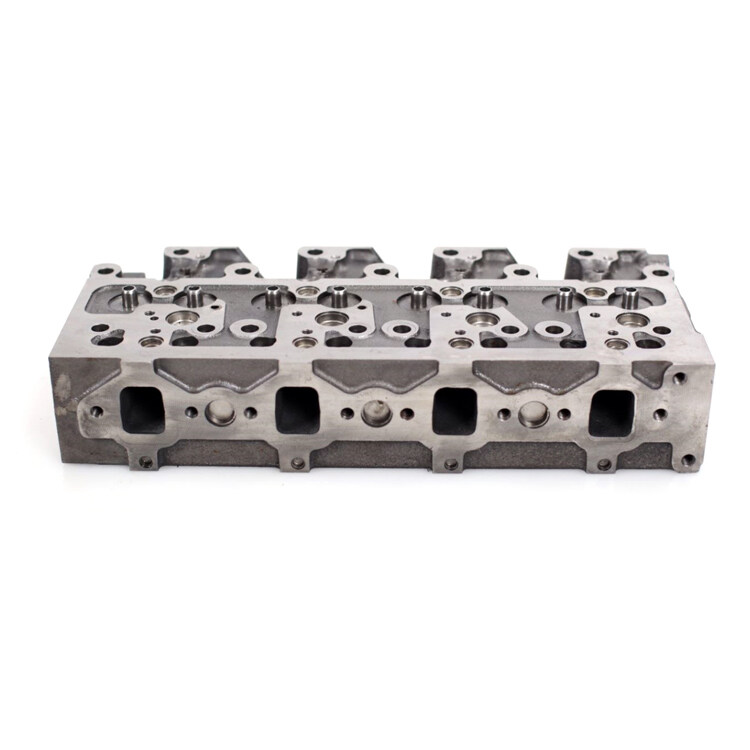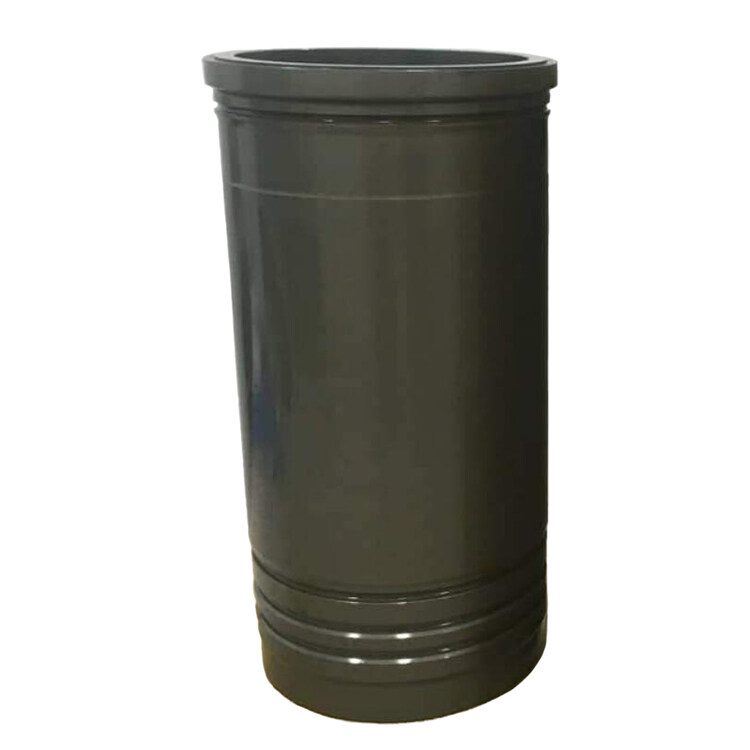Email format error
Email cannot be empty
Email already exists
6-20 characters(letters plus numbers only)
The password is inconsistent
Email format error
Email cannot be empty
Email does not exist
6-20 characters(letters plus numbers only)
The password is inconsistent

Diesel Engine Cylinder Liner Sleeve For V2403 Engine
The V2403 Diesel Engine Cylinder Liner Sleeve is an essential component used in the Kubota V2403 engine.
The cylinder liner sleeve, sometimes simply referred to as a "liner," is installed inside the engine's cylinder bore and serves several critical functions:
-
Cylinder Bore Surface: The liner provides a smooth and durable inner surface for the cylinder bore. This surface allows the engine's piston to move up and down within the cylinder while maintaining a proper seal. The liner's surface must be resistant to wear, corrosion, and heat.
-
Piston and Piston Rings: The liner accommodates the engine's piston and piston rings. The piston rings help create a seal between the piston and the liner, preventing the escape of combustion gases and maintaining compression in the cylinder.
-
Heat Dissipation: The liner also contributes to heat dissipation. It helps regulate the temperature within the cylinder and prevents overheating.
-
Wear Resistance: Liners are typically made from materials that are highly wear-resistant and heat-resistant, such as cast iron or alloyed cast iron. This choice of material ensures that the liner can withstand the mechanical stresses and heat generated during engine operation.
-
Coolant and Lubrication Seals: The liner must properly seal off the coolant passages to prevent coolant from entering the combustion chamber. Additionally, it helps guide the lubricating oil to where it is needed within the engine.
The engine crankshaft is made of high-strength alloy steel material, which can withstand high temperature and pressure, ensuring the engine’s normal operation. The crankshaft undergoes precision machining and optimized design, so that it provides highly accurate rotational motion, reduces the risk of friction and wear, and ensures its long-term stable operation.
Multiple Functions:
It is made of high-quality materials that have excellent strength, wear resistance, and corrosion resistance. These materials are carefully chosen to ensure that they can withstand the high loads and stresses that the crankshaft will experience during operation. The crankshaft’s design undergoes optimization to ensure that it has the required strength and stiffness to withstand the loads and stresses. The crankshaft’s design and manufacturing undergo optimization to improve its service life and reliability, reduce maintenance and replacement costs, and have economic practicality. The optimization process involves using high-quality materials, advanced design and manufacturing techniques, and heat and surface treatment to enhance the crankshaft’s performance and durability. This feature makes the crankshaft a reliable and cost-effective component that provides excellent value for money.
The High Quality Material is Anti-corrosion:
The high-quality materials used in the crankshaft’s construction are carefully selected to ensure that they can withstand the high loads and stresses that the crankshaft will experience during operation. These materials have excellent corrosion resistance, which is essential for the engine’s long-term stable operation, especially in harsh working environments. The crankshaft’s excellent corrosion resistance ensures that it can withstand exposure to various corrosive elements, such as moisture, chemicals, and saltwater. This feature is particularly important for engines used in marine and industrial applications, where the engine is exposed to harsh working environments. The high-quality materials used in the crankshaft’s construction also ensure its durability and reliability. The crankshaft can withstand the high loads and stresses that it will experience during operation, ensuring the engine’s long-term stable operation. This feature reduces the need for frequent maintenance and repairs, reducing the engine’s downtime and operating costs.
Product Parameter:
|
Product Name |
Engine Crankshaft |
|
Application |
Engineering Machinery Engine |
|
Car Number |
Kubota |
|
Size |
STD |
|
Material |
Customized |
|
Engine Number |
V2403 |
|
Condition |
100% Brand-new |
|
Warranty |
6 Months |
|
Packing |
Neutral Packing |
|
Application Industries |
Machinery Repair Shops, Construction Works, Energy & Mining |
Measures to reduce cylinder liner wear
A good start
When the engine starts cold, due to the low temperature of the oil, high viscosity, and poor fluidity, result in insufficient oil supply to the oil pump. At the same time, the original cylinder wall of the oil after parking along the cylinder wall flows down, in the start instant normal operation can not get so good lubrication, greatly increase the start of the cylinder wall wear. So the first start, let the engine idle for a few turns, to be lubricated the friction surface before starting. After starting, idle and spin to raise the temperature. Bumping the oil port is prohibited. Start when the engine oil temperature reaches 40°C. Start from a low gear and drive gradually in each gear for some time until the oil temperature is normal and then switch to normal driving.
Rational use of lubricants
Lubricants with viscosity values should be used in strict accordance with seasonal and engine performance requirements. Poor quality lubricants should not be purchased at will, and the quantity and quality of lubricants should be tested and maintained regularly.
Strengthen the maintenance of filters
Keeping the air filter, oil filter and fuel filter in good working condition are very important to reduce the wear and tear of the cylinder liner. Strengthen three filters maintenance is to prevent mechanical impurities into the cylinder, reduce cylinder wear, and extend the engine life of important measures, especially in rural areas and windy and dusty areas. Some drivers do not install air filters to save fuel is not right.
Maintain the normal working temperature of the engine
The normal operating temperature of an engine should be 80-90°C. If the temperature is too low to maintain good lubrication, it will increase the wear and tear of the cylinder walls. The water vapor in the cylinder easily condenses into water droplets, which will dissolve the acidic gas molecules in the exhaust gas and produce acid, thus causing the cylinder wall to corrode and wear. Tests show that when the cylinder wall temperature is from 90 ℃ down to 50 ℃, the cylinder wear is 90 ℃ when 4 times. If the temperature is too high, the strength of the cylinder will be reduced, the wear will increase, and even the piston will over-expand, causing the cylinder to expand.
Improve the quality of the warranty
In the process of use, immediately find the problem and eliminate it, and always replace or repair the damaged and deformed parts. When installing the cylinder liner, the inspection and installation configuration should be strictly in accordance with the technical requirements. In the process of replacing the warranty ring, you need to use a piston ring with moderate elasticity, because too little elasticity will make the gas break into the crankcase and blow away the oil on the cylinder wall, increasing the wear of the cylinder wall; too much elasticity will directly aggravate the wear of the cylinder wall or damage the oil film on the cylinder wall aggravating its wear.
Crankshaft journals and main journals are not parallel. Due to the combustion of the engine, the crankshaft will be deformed by severe impact. If not corrected immediately, it will also accelerate the wear of the cylinder liner.
